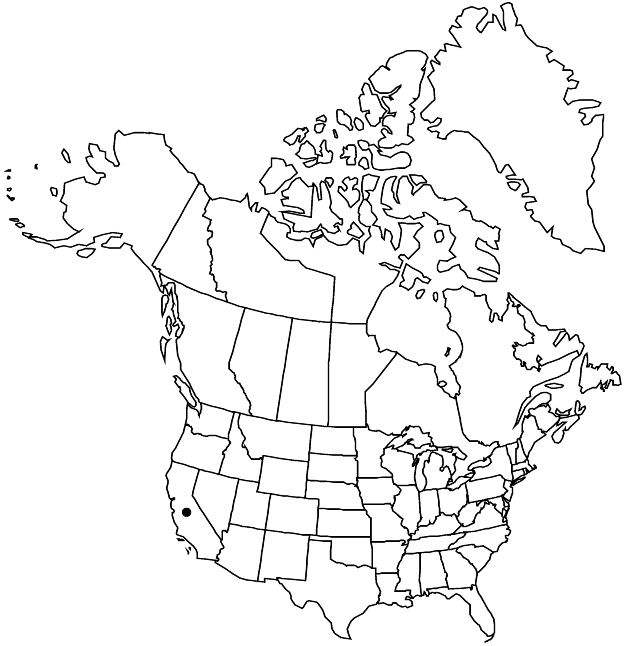Difference between revisions of "Crocanthemum greenei"
Phytologia 93: 270. 2011.
FNA>Volume Importer |
imported>Volume Importer |
||
| (One intermediate revision by the same user not shown) | |||
| Line 60: | Line 60: | ||
|publication year=2011 | |publication year=2011 | ||
|special status=Conservation concern;Endemic | |special status=Conservation concern;Endemic | ||
| − | |source xml=https:// | + | |source xml=https://bitbucket.org/aafc-mbb/fna-data-curation/src/2e0870ddd59836b60bcf96646a41e87ea5a5943a/coarse_grained_fna_xml/V6/V6_767.xml |
|genus=Crocanthemum | |genus=Crocanthemum | ||
|species=Crocanthemum greenei | |species=Crocanthemum greenei | ||
Latest revision as of 23:23, 5 November 2020
Subshrubs. Stems erect, 15–30 cm, sparsely to densely stellate-pubescent, distally with dense, dark, glandular hairs 0.4–0.8 mm. Leaves cauline; petiole 0–2.5 mm; blade oblanceolate to linear-lanceolate, 7–25(–35) × 2–4(–7) mm, margins nonrevolute, surfaces stellate-pubescent, lateral veins obscure abaxially. Inflorescences terminal, corymbose; chasmogamous flowers 3–25 per corymb, cleistogamous 0. Pedicels 1–4(–6) mm, stellate-pubescent and densely glandular-hairy; bracts 3–10 × 0.5–1.5 mm. Chasmogamous flowers: outer sepals lanceolate, 2.5–4 × 0.5–1 mm, inner sepals 4.5–8 × 3–4 mm, apex acuminate; calyx strigose (sometimes also short-stellate-hairy), hairs simple, 1–1.7 mm; petals obovate, 5–8 × 3–4 mm; capsules 4.3–6 × 3–3.5 mm, glabrous.
Phenology: Flowering Apr–May.
Habitat: Dry, rocky ridges
Elevation: 10–100 m
Discussion
Crocanthemum greenei has been documented from San Miguel, Santa Catalina, Santa Cruz, and Santa Rosa islands. According to the California Native Plant Society, it is extant on Santa Catalina, Santa Cruz, and Santa Rosa islands, totaling about 20 populations and listed federally as threatened. Threats are from non-native mammals and plants. The habit, dense, dark glandular hairs on stems and pedicels, and long, white hairs on the calyx distinguish C. greenei.
Selected References
None.
